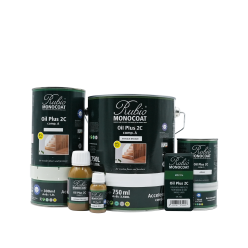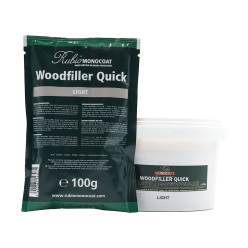
How to Restore Wooden Tables & Worktops
Wooden tables and worktops grace our homes and workplaces with a timeless appeal, adding character and warmth to any setting. However, with time, these wooden surfaces may show signs of wear and damage, diminishing their beauty and functionality. Learning how to maintain wood table tops can help you get more from your favourite pieces. This detailed guide will walk you through the process of restoring wooden tables and worktops.
Identifying Signs of Wear and Damage
Learning how to restore an old wood table or how to restore a wood table top starts with identifying signs of wear and tear. To begin, carefully inspect the wood for any signs of the following:
- Scratches and Dents: These are common and can vary in depth and severity. Light scratches might only affect the finish, while deeper ones may require more extensive repairs.
- Stains and Discolouration: Caused by spills, heat, or sunlight, these can affect the wood's colour and texture.
- Water Damage: Look for signs like warping, bloating, or colour changes, indicative of prolonged exposure to moisture.
- Surface Roughness: A rough surface suggests wear of the finish, exposing the wood to potential damage.
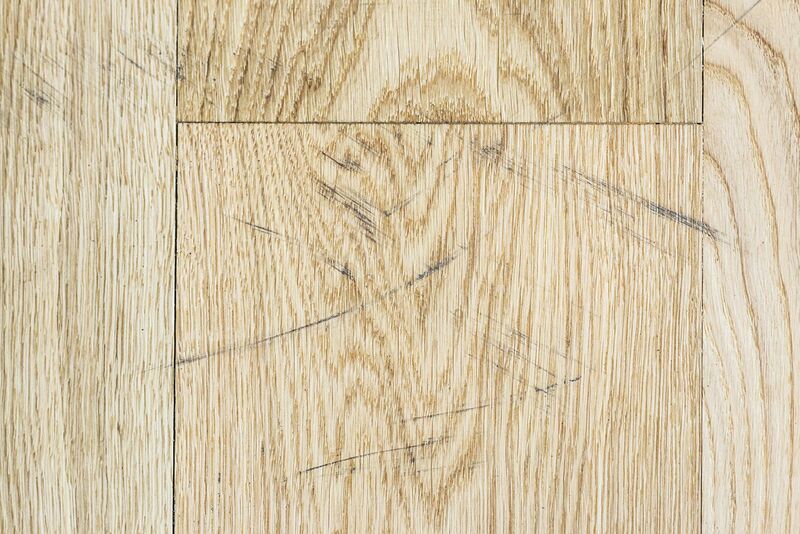

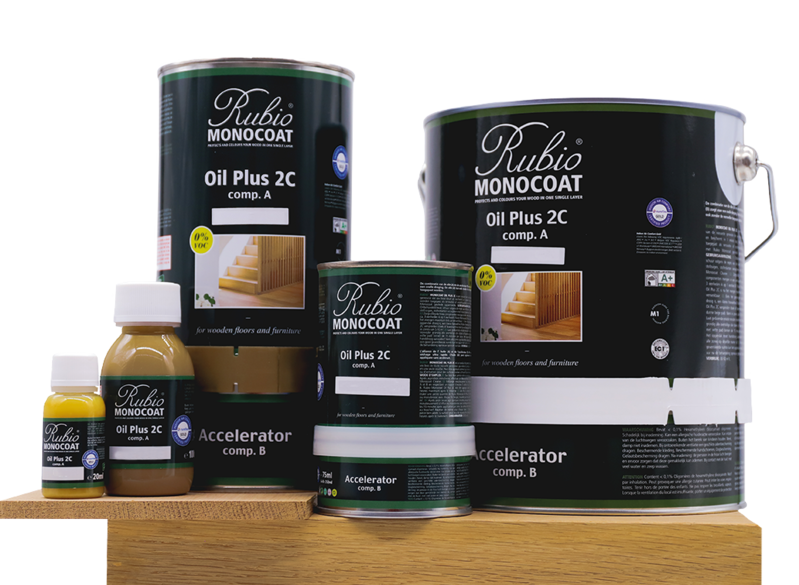

Necessary Tools and Materials
Proper tools and materials are essential for a successful restoration. Here's what you'll need to get the job done right:
- Safety Gear: Protect yourself with gloves, goggles, and masks.
- Sanding Equipment: Have a range of sandpapers (from coarse to fine grit) and a reliable sanding block or electric sander.
- WoodFiller and Putty: Essential for filling gaps and cracks, choose a shade that closely matches your wood.
- Oil Plus 2C: This is a must-have product that colours and protects your wood in a single layer. Available in over 60 colours, it makes restoration much easier and more effective.
- Scrubby Pad Applicators: For an even and smooth application of finishes.
Step-by-Step Restoration Process
To help you complete your restoration project efficiently and effectively, take a look at our step-by-step restoration process below:
1. Filling and Repairing: Before sanding, you may notice gaps, cracks, or even loose joints that need attention.
- Identifying and Filling Gaps and Cracks: Choose a wood filler or putty that best matches your wood’s colour and texture.
- Repairing Loose Joints: Secure any loose parts by re-glueing or tightening them, ensuring the structural integrity of your piece.
2. Sanding: The sanding stage is vital in removing the old finish, smoothing out the surface, and preparing it for the new finish.
- Choosing the Right Grit: Start with a coarser grit to remove the old finish and imperfections, then gradually move to finer grits for a smooth finish.
- Sanding Technique: Always sand in the direction of the wood grain to prevent additional scratches.
- Dealing with Tough Spots: Use lower grit sandpaper for areas with deep scratches or significant staining, then gradually move to finer grits.
3. Finishing
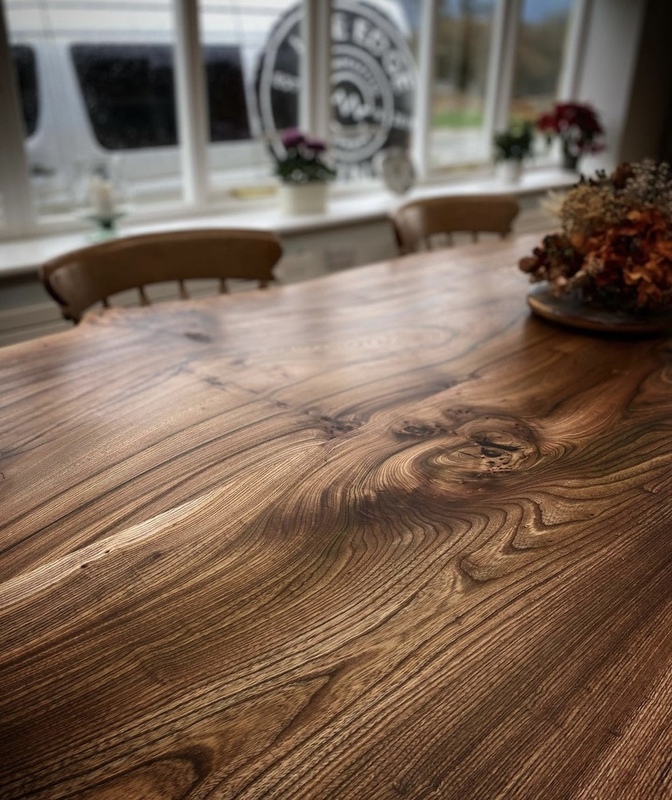

Benefits of Wooden Table and Worktop Restoration
Restoring your wooden surfaces offers multiple advantages that make it a worthwhile project. These benefits include:
- Cost-Effectiveness: It is often more economical than purchasing new furniture.
- Preservation of Sentimental Value: Restoration maintains the memories and stories associated with your piece.
- Eco-Friendly Approach: By restoring, you contribute to reducing waste and promoting sustainability.
- Enhanced Aesthetics and Functionality: A well-restored piece not only looks more appealing but also functions more effectively.
Restoring wooden tables and worktops is a rewarding endeavour that revitalises your space and honours the charm of your wooden furniture. Armed with the right tools, techniques, and a bit of patience, you can rejuvenate your cherished wooden pieces, ensuring they continue to enhance your environment with their timeless beauty and functionality.
Special Considerations
When maintaining outdoor wood, there are a few other things you’ll want to consider. This includes:
- Restoring Severely Damaged Wood: In cases of significant damage, more intensive restoration may be required before applying treatments.
- Sustainability and Eco-Friendly Treatment Options: Opting for eco-friendly treatments, like Rubio Monocoat products, can protect your wood while being kind to the environment. These products are designed to be safe and sustainable, offering excellent protection without harming the ecosystem.
Treating outdoor wood is an important aspect of its maintenance. By understanding the type of wood, recognising signs of deterioration, choosing the right treatments, and adhering to a routine maintenance schedule, you can ensure the longevity and beauty of your outdoor wood. Special considerations, like eco-friendly options, also play a vital role in sustainable maintenance practices.


